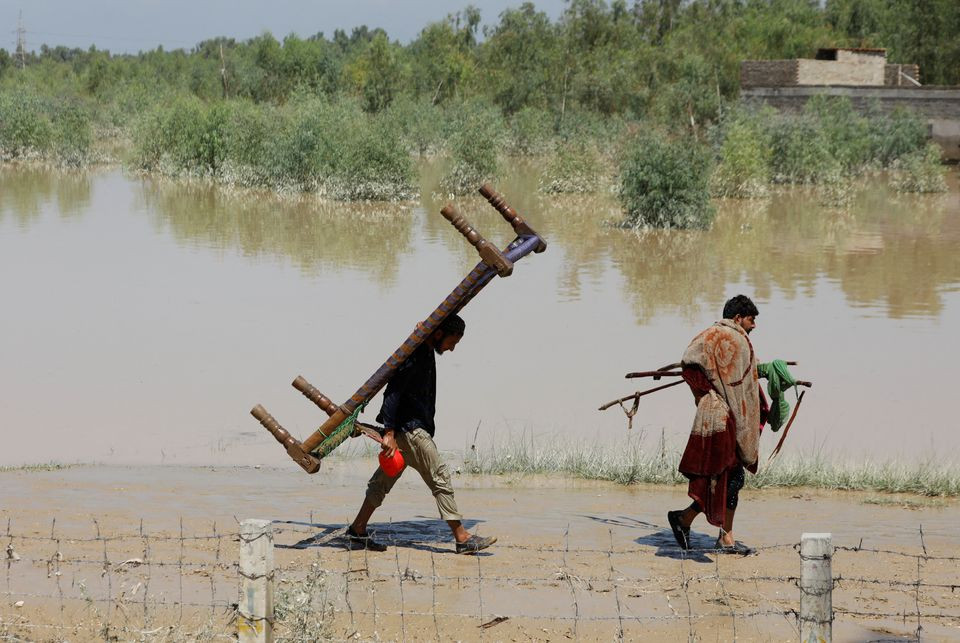
When the swollen Swat River shifted course in late August and roared into Naeem Ullah’s village in northwest Pakistan, it swept away his home and all 13 of his relatives’ houses too.
His sugarcane crop - planted on five hectares (12.4 acres) of leased land - also was wrecked, leaving the 40-year-old jobless, homeless and with few prospects of repaying the money he had borrowed to buy seed and fertiliser.
“I have to start my life from zero,” he told the Thomson Reuters Foundation in his village of Dagi Mukarram Khan, in Khyber-Pakhtunkhwa province. “I have lost everything. I can only pray to Allah to give me the strength to face this biggest challenge of my life.”
Floodwaters, driven by months of relentless rain and by extreme spring heat that accelerated the melting of glaciers, affected 33 million people. More than 1,300 people have died, according to National Disaster Management Authority (NDMA), and the cost of the damage is estimated at $10 billion, with 1.6 million homes lost or damaged, 5,000 km (3,100 miles) of roads destroyed and over 700,000 livestock animals gone.
Across Pakistan, millions of families have lost their homes and belongings, crops, animals and even relatives, with many struggling just to find dry patches of land to erect tarpaulin shelters and keep themselves and their remaining livestock safe.
Key roads and bridges have been washed away, hampering aid efforts and forcing authorities in some places to deliver limited emergency help mainly by costly helicopter.
In Awaran district, in hardhit southwest Balochistan province, floods in some areas still stretch toward the horizon, having destroyed many of the impoverished province’s mud homes.
Dilshad Baloch’s family saw their house washed away and a neighbour killed when his home collapsed, as floods swamped their village in July.
Downed power cables presented an electrocution threat amid the standing water, he said - and with bridges to Karachi impassable, the area’s major supply route remains cut off.
Helicopters have dropped parcels of rice and beans but ‘it’s far too little’ and villagers cannot cook it without kitchens or dry firewood, Baloch said via a patchy telephone line interrupted by the wail of the village call to prayer.
“We are living on open ground,” noted the 21-yearold university student, home for the summer from his studies in Islamabad.
Many residents are angry, he added, “but most of them are just feeling helpless. There is no one to take care of them, and no one cares about them.”
Help arriving? With Pakistan saddled by heavy debt and international humanitarian agencies overwhelmed by global demand for assistance, Pakistan’s families may have to fund much of the cost of recovery themselves.
Under existing K-P provincial policy, farmers can receive compensation of Rs5,000 ($23) per acre for damage to crops and orchards, with each family eligible for a maximum of Rs50,000, said Taimur Ali, media coordinator for the K-P Provincial Disaster Management Authority (PDMA).


















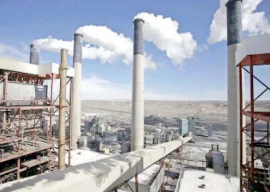

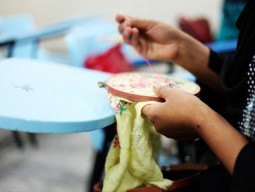





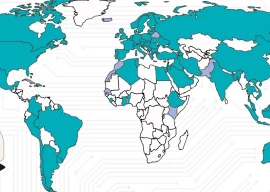

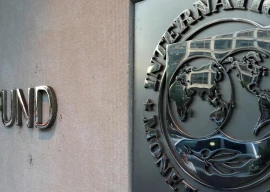






COMMENTS
Comments are moderated and generally will be posted if they are on-topic and not abusive.
For more information, please see our Comments FAQ